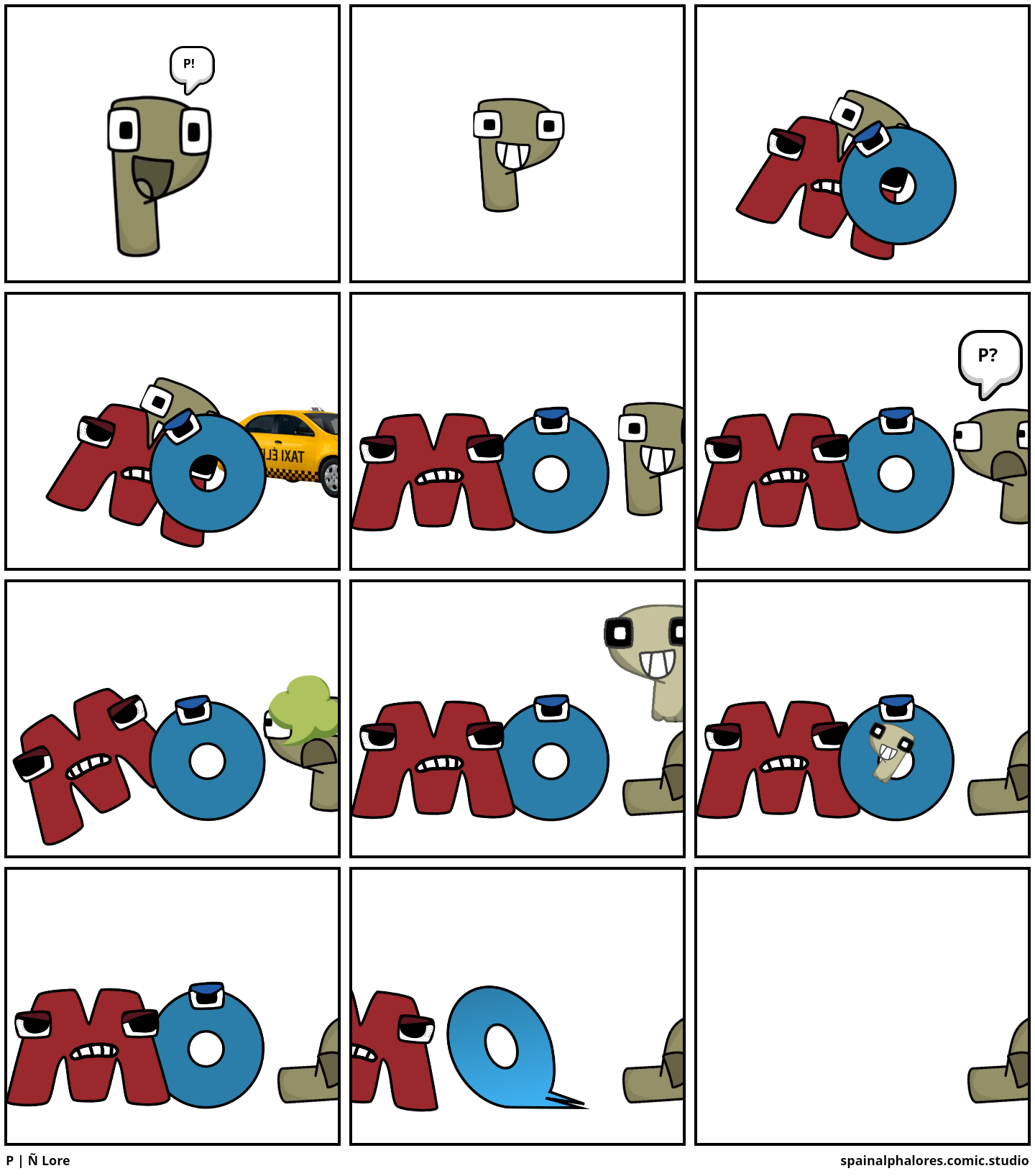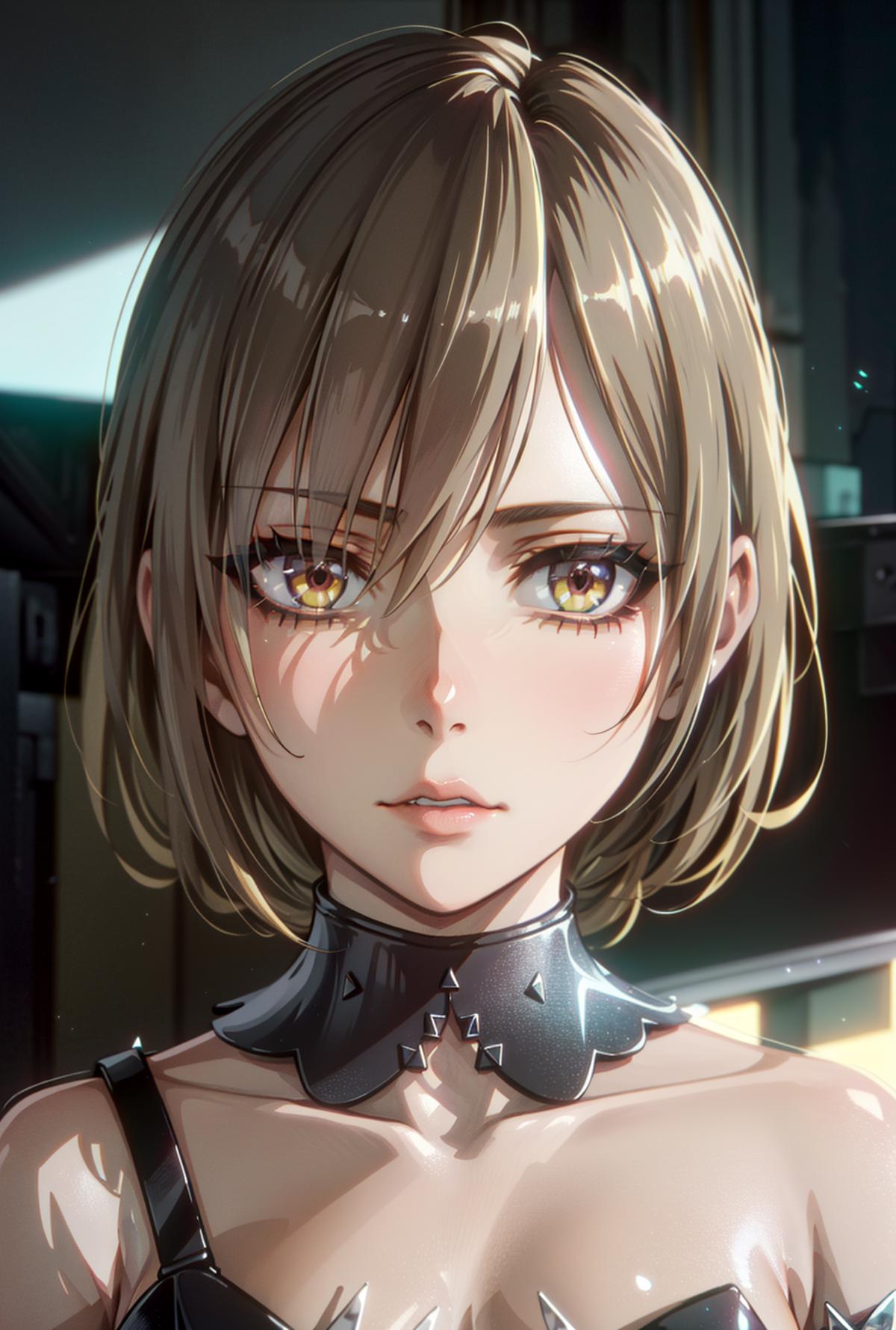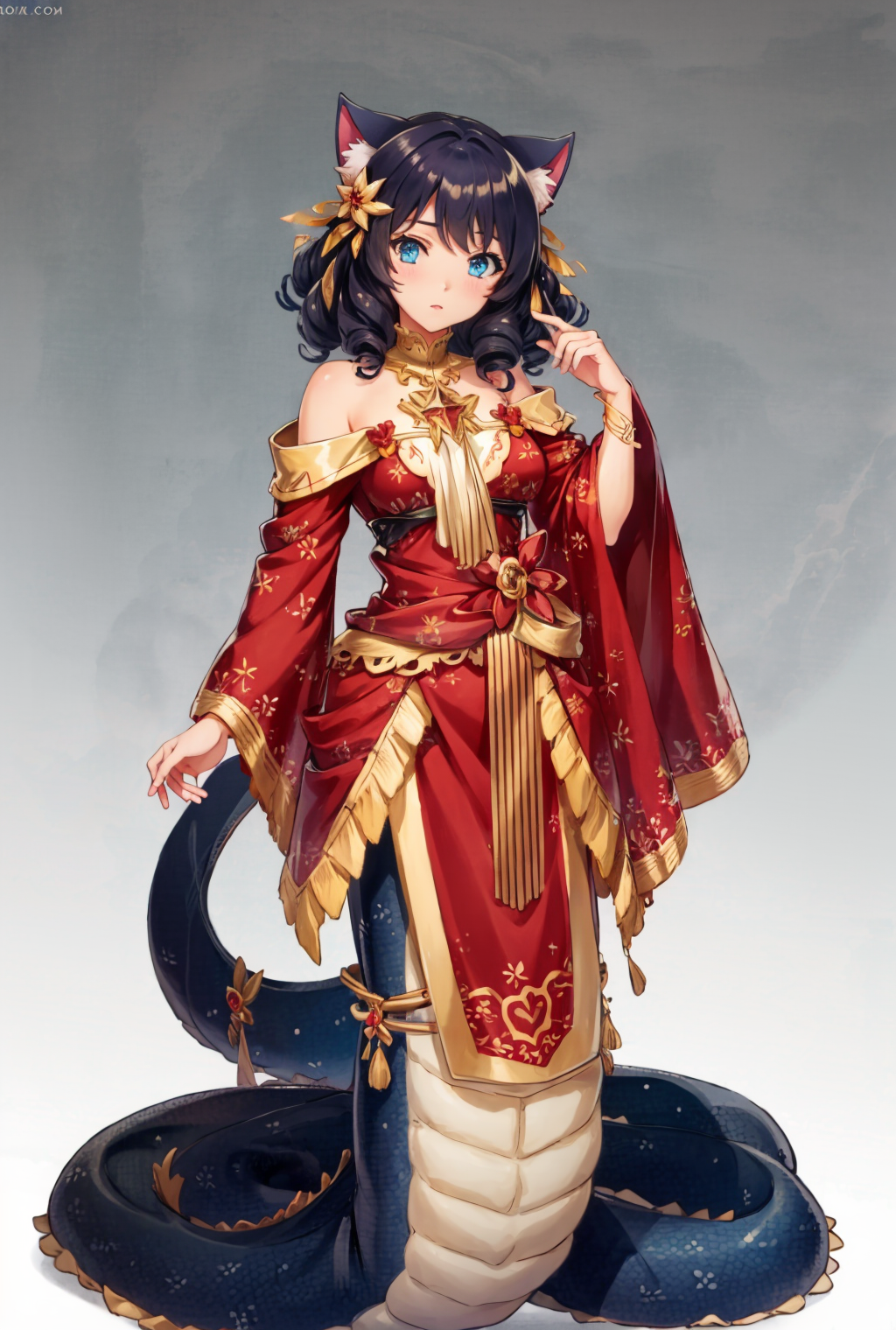ÑˆÐµÐ´Ð»ÐµÑ‚Ñ ÐºÐ¸Ð¹ - Unraveling Ancient Words And Meanings
Sometimes, a single word can open up a whole world of older times and past ways of speaking. It's like finding a small, interesting piece that hints at a much bigger story, maybe about how people lived, what they believed, or the sounds of their everyday talk. We often find ourselves curious about where certain terms come from, and what they truly meant to those who first used them. This sort of looking back helps us feel a connection to folks from long ago.
When we begin to look closely at old writings or sayings, we often discover that language itself is a living thing, changing over many years. What one group of people said centuries ago might sound very different to our ears now, yet it still holds clues about their thoughts and feelings. It's pretty interesting, you know, to see how words move through time, sometimes keeping their core sense, and other times taking on entirely new ideas.
Our goal here is to get a better sense of "ÑˆÐµÐ´Ð»ÐµÑ‚Ñ ÐºÐ¸Ð¹" by looking at some related historical and linguistic pieces. We will explore how dictionaries, old ways of writing, and even certain ideas about human character might tie into this curious term. It's a bit like putting together a puzzle, where each piece, even if it seems small, helps us build a fuller picture, so.
- Pilipinays
- How Do I Access My Raspberry Pi From Anywhere
- Jav Actress
- Mich%C3%A3le Lamy Satan
- Telegram Qarxiska
Table of Contents
- Unpacking the Past - What Does ÑˆÐµÐ´Ð»ÐµÑ‚Ñ ÐºÐ¸Ð¹ Bring to Mind?
- The Cleasby & Vigfusson Dictionary - A Resource for ÑˆÐµÐ´Ð»ÐµÑ‚Ñ ÐºÐ¸Ð¹'s Era
- Runes and Their Whispers - How Do They Connect to ÑˆÐµÐ´Ð»ÐµÑ‚Ñ ÐºÐ¸Ð¹?
- Characters and Concepts - What Kind of Figures Might ÑˆÐµÐ´Ð»ÐµÑ‚Ñ ÐºÐ¸Ð¹ Represent?
Unpacking the Past - What Does ÑˆÐµÐ´Ð»ÐµÑ‚Ñ ÐºÐ¸Ð¹ Bring to Mind?
When we encounter a word like "ÑˆÐµÐ´Ð»ÐµÑ‚Ñ ÐºÐ¸Ð¹," our minds often drift to its possible beginnings. It could come from an older tongue, or it might point to a specific idea or person from history. To really get a handle on what it might mean, we often have to look at the kinds of languages that were spoken long ago, and how those languages shaped the way people thought and talked. It's a bit like digging through old papers to find a lost family recipe, you know, each piece of information adding to the overall picture. We can see how words like "thede" from Middle English, or "þjóð" from Old Norse, which speaks of a people or a nation, give us a sense of how terms for groups or important figures might have come about. These older words, in a way, set the stage for how we think about names and descriptions that have a long past.
Old Norse - A Glimpse into ÑˆÐµÐ´Ð»ÐµÑ‚Ñ ÐºÐ¸Ð¹'s Linguistic Roots
Old Norse, as a language, holds a special place in the story of words. It was a tongue spoken by people living in the northern parts of Europe for many centuries, and it really shaped a lot of the languages we hear today. Think of it as a grandparent language, giving birth to many others. When we consider "ÑˆÐµÐ´Ð»ÐµÑ‚Ñ ÐºÐ¸Ð¹," it’s natural to wonder if it has some connection to these ancient northern ways of speaking. The records we have of Old Norse give us a window into a time when sagas were told and kings ruled over lands. Learning about this language means getting a feel for the daily chatter, the grand pronouncements, and the very ideas that filled the minds of people from that distant time. It’s pretty fascinating, actually, to imagine how people communicated their thoughts and feelings in such a distinct and powerful language.
The Cleasby & Vigfusson Dictionary - A Resource for ÑˆÐµÐ´Ð»ÐµÑ‚Ñ ÐºÐ¸Ð¹'s Era
To really get a good grasp of words from the past, we often turn to old dictionaries. One that comes up quite a bit when talking about Old Norse is the Cleasby & Vigfusson Old Norse to English Dictionary. This book is a true treasure for anyone wanting to understand the language of the Norse people. It helps us figure out what specific words, like "þjóð," meant to folks living a long time ago. This particular dictionary, you see, acts as a bridge between the old ways of speaking and our current understanding. It's like having a very patient guide who walks you through the twists and turns of ancient vocabulary, making sure you don't get lost. The painstaking work that went into putting together such a large collection of words and their meanings really helps us connect with the past in a solid way, more or less.
- T%C3%A3rbanl%C3%A4 Sexs Sotwe
- Kaache Rishtey
- Wisconsin Volleyball Leak
- Ken Weatherwax
- Raspberry Pi Remote Batch Job Work From Home
When Was This Dictionary Made, and Why Does it Matter for ÑˆÐµÐ´Ð»ÐµÑ‚Ñ ÐºÐ¸Ð¹?
The Cleasby & Vigfusson dictionary was made available to the public in the year 1874. This date is quite important, as it means the book has been around for a very long time, over a century, in fact. Because it was published so long ago, there are many copies of it that anyone can access, which is pretty neat. The fact that it's so widely available makes it a go-to source for anyone looking into Old Norse words, including terms that might relate to "ÑˆÐµÐ´Ð»ÐµÑ‚Ñ ÐºÐ¸Ð¹." The age of the dictionary also tells us something about the dedication of those who put it together; they were trying to save and explain a language that was no longer spoken every day. Their efforts allow us to explore the sense and beginnings of words from that time, giving us a clearer picture of what people meant when they spoke of things like a "great king" or a "sovereign," which are ideas that come up when looking at the word "þjóð." So, its age and availability are actually quite helpful.
Runes and Their Whispers - How Do They Connect to ÑˆÐµÐ´Ð»ÐµÑ‚Ñ ÐºÐ¸Ð¹?
Beyond spoken words, people in ancient times also had their own special ways of writing things down. Runes are a great example of this. These unique markings were used to write Old Norse, and they give us a direct look at the written records of those who lived many centuries ago. When we think about a term like "ÑˆÐµÐ´Ð»ÐµÑ‚Ñ ÐºÐ¸Ð¹," it makes you wonder if it ever appeared in such a script, or if the ideas it represents were ever carved into stone or wood. Runes were more than just letters; they often carried a certain feeling or power, and they were used for many different purposes, from everyday messages to more serious inscriptions. The very act of looking at these old symbols makes you feel a little closer to the people who used them, almost like hearing their voices from the past, you know.
Decoding Ancient Scripts - Younger and Medieval Futhark and ÑˆÐµÐ´Ð»ÐµÑ‚Ñ ÐºÐ¸Ð¹
There were different forms of runic writing over time. Younger Futhark was one of the earlier systems, and then came Medieval Futhork, which was used in places like Norway from the 11th to the 15th centuries. These scripts were how people wrote down their thoughts and stories, and they are incredibly important for anyone trying to piece together what life was like back then. For a word like "ÑˆÐµÐ´Ð»ÐµÑ‚Ñ ÐºÐ¸Ð¹," imagining it written in these older runic styles, perhaps as "ᚦᛁᚮᚦ," helps us think about how terms were preserved and passed down. The study of these old writing systems is a bit like being a detective, trying to figure out what each symbol stands for and what the whole message means. It’s a very detailed kind of work, but it really pays off when you can finally read something that was written so long ago, basically.
Characters and Concepts - What Kind of Figures Might ÑˆÐµÐ´Ð»ÐµÑ‚Ñ ÐºÐ¸Ð¹ Represent?
Sometimes, a word can stand for a type of person, or a certain idea about how people act. When we consider "ÑˆÐµÐ´Ð»ÐµÑ‚Ñ ÐºÐ¸Ð¹," it makes us think about the various characters and concepts that existed in older societies. For instance, the Old Norse word "þjóð" can refer to a "great king" or a "sovereign," someone important who rules over a group of people. This shows us that ancient languages often had words for people in positions of power or influence. It also makes us consider the roles that different people played in those societies, from the leaders to the everyday folk. It’s a way of understanding the social fabric of the past, and how language helped describe who was who, and what they did, so.
The Idea of a "Rogue" - Exploring a Side of ÑˆÐµÐ´Ð»ÐµÑ‚Ñ ÐºÐ¸Ð¹
Interestingly, some old sayings and questions touch upon different kinds of characters, like the idea of a "rogue" or a "scoundrel." There's a Russian phrase that asks, "God marks the rogue. Who is this rogue? And how does he mark her?" This question, while in a different language, brings up the concept of people who might be seen as tricky or not quite honest. When we think about "ÑˆÐµÐ´Ð»ÐµÑ‚Ñ ÐºÐ¸Ð¹," it makes us consider if it could relate to a character of this sort, or perhaps a situation where someone's true nature is revealed. Exploring these sorts of ideas helps us see that human character, in all its forms, has been a topic of discussion for a very long time, across different cultures and languages. It's a reminder that even in ancient texts, people were thinking about right and wrong, and the kinds of individuals who fit into different roles in society, you know.

Р | Ñ Lore - Comic Studio

Image posted by fansay

Image posted by fansay